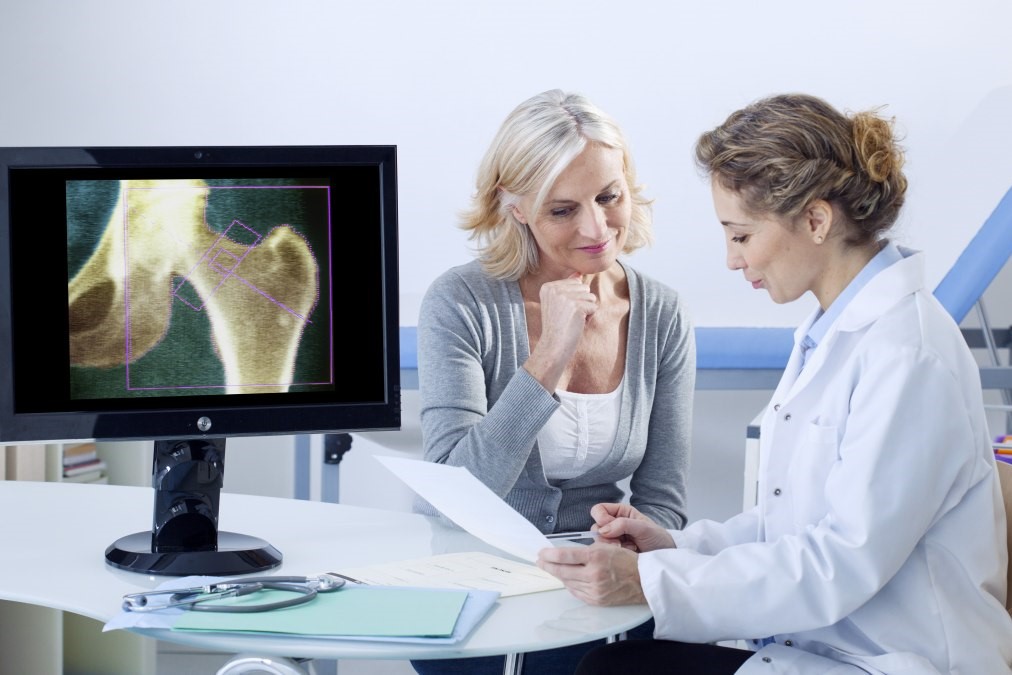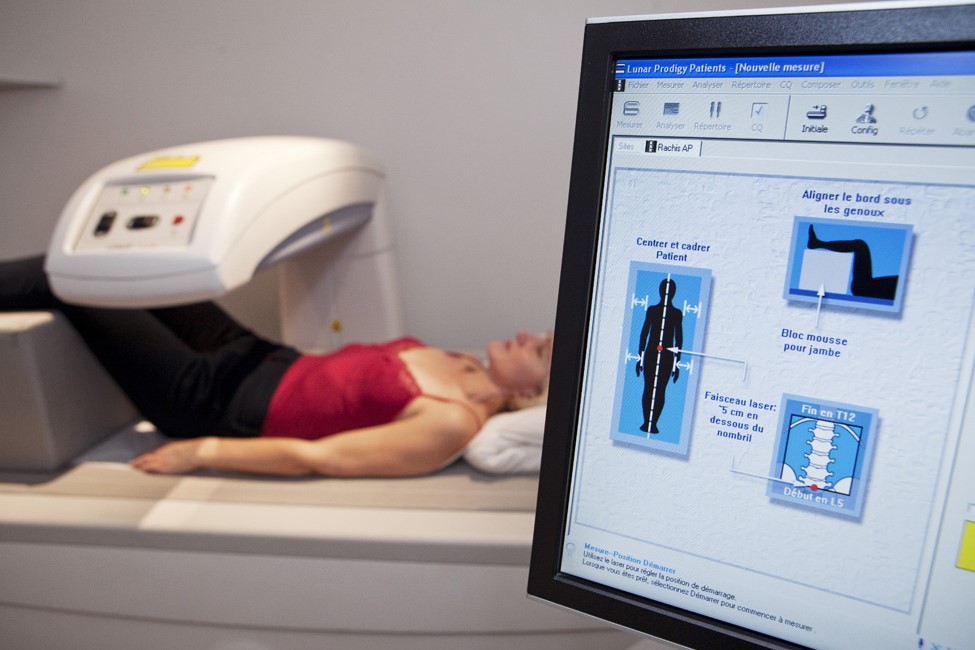
CBM: what kind of examination is it and when is it indicated?
CBM stands for Computerized Bone Mineralometry and is commonly known as bone densitometry. This is an X-ray examination to determine the mineral density of the bone and can be carried out on the femur, spine, lumbar or the whole body
CBM: what it is used for and when to do it
The CBM is an examination that measures bone density and bone mass.
It is indicated for prevention and to diagnose osteoporosis, which particularly affects postmenopausal women.
The female population, in the age group between 50 and 80, is more prone to spontaneous bone fractures and skeletal fragility that can affect the entire spine, long bones and pelvis.
This type of examination is prescribed by the specialist if there are alarm bells that point to a pathological picture of osteoporosis or for simple prevention.
From the age of 45 it is an examination that is recommended to avoid incurring more serious problems or to monitor an already compromised clinical picture.
CBM to prevent fracture risk
The CBM provides a measure of the mineralisation and strength of the bone and thus of the risk of fracture in the event of osteoporosis.
It should be remembered that post-menopausal osteoporosis is the most frequent cause of fractures in women, but male osteoporosis also exists.
There are also other forms of osteoporosis:
- drug-related osteoporosis, caused by a significant intake of cortisone to treat chronic bronchitis, asthma, rheumatic or intestinal diseases.
- osteoporosis during hormone therapy for breast or prostate cancer, which is often not even diagnosed and treated.
In all these cases, it is therefore advisable to have an ECM to prevent the risk of fractures.
How the CBM is done
The CBM is painless and quick and easy to perform.
It is a non-invasive examination that requires no special preparation.
The patient remains clothed and in a supine position throughout the examination; this allows a mechanical arm to run along the body and, using X-rays, examine the quality of the bones being examined.
Osteoporosis treatment and possible further investigations
Prevention remains the best weapon for combating the formation of osteoporosis.
Physical activity, proper diet with the right intake of calcium and vitamin D, are all useful indications to counteract the onset or worsening of the disease.
Once the CBM has been performed, the rheumatologist will advise the patient whether to undergo further investigations or to prescribe drug therapy.
First of all, it is advisable to evaluate blood tests to assess the patient’s clinical picture and exclude secondary osteoporosis due to other diseases (such as diabetes, hyperthyroidism, for example) and to perform an X-ray of the spine to highlight any unknown vertebral weaknesses.
Among the most effective therapies for osteoporosis are bisphosphonates or monoclonal antibodies such as denosumab, which prevent progressive bone depletion.
Read Also:
Emergency Live Even More…Live: Download The New Free App Of Your Newspaper For IOS And Android
Wrist Fracture: How To Recognise And Treat It
Paediatric Osteomyelitis: New Indications For Treating The Bone Infection
World Osteoporosis Day: Healthy Lifestyles, Sun And Diet Are Good For Bones



